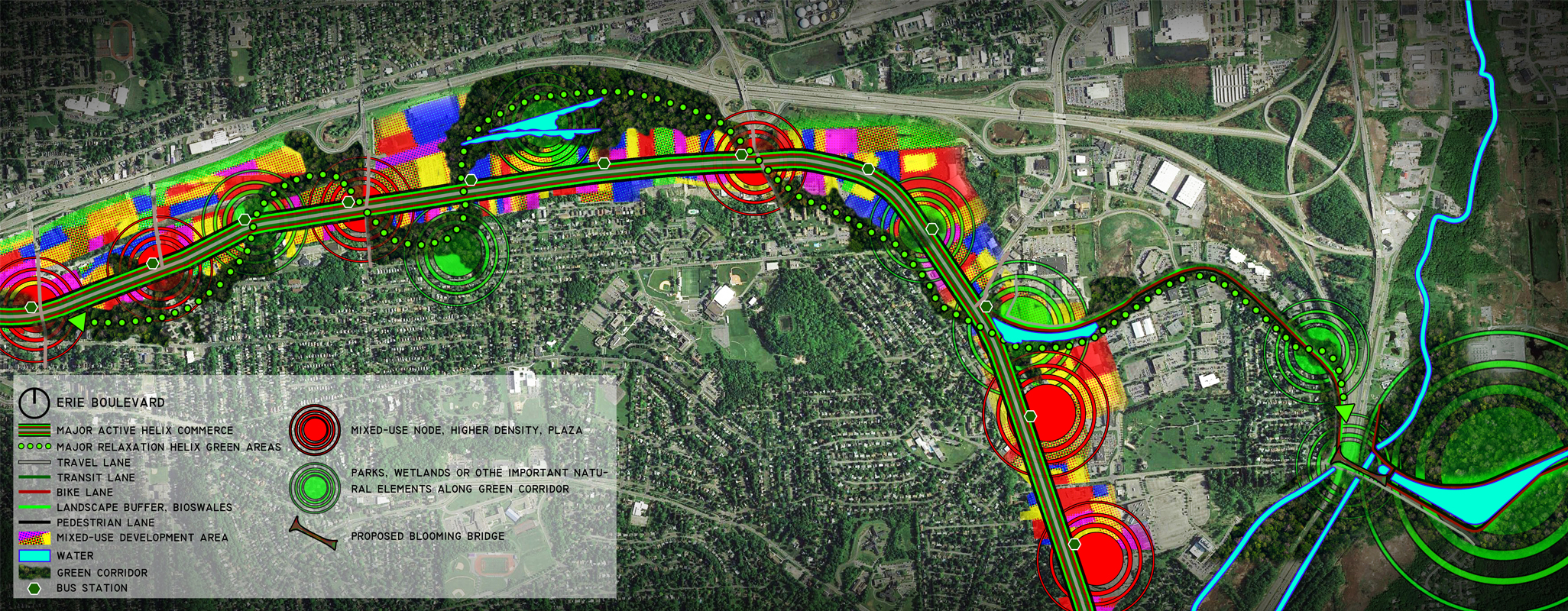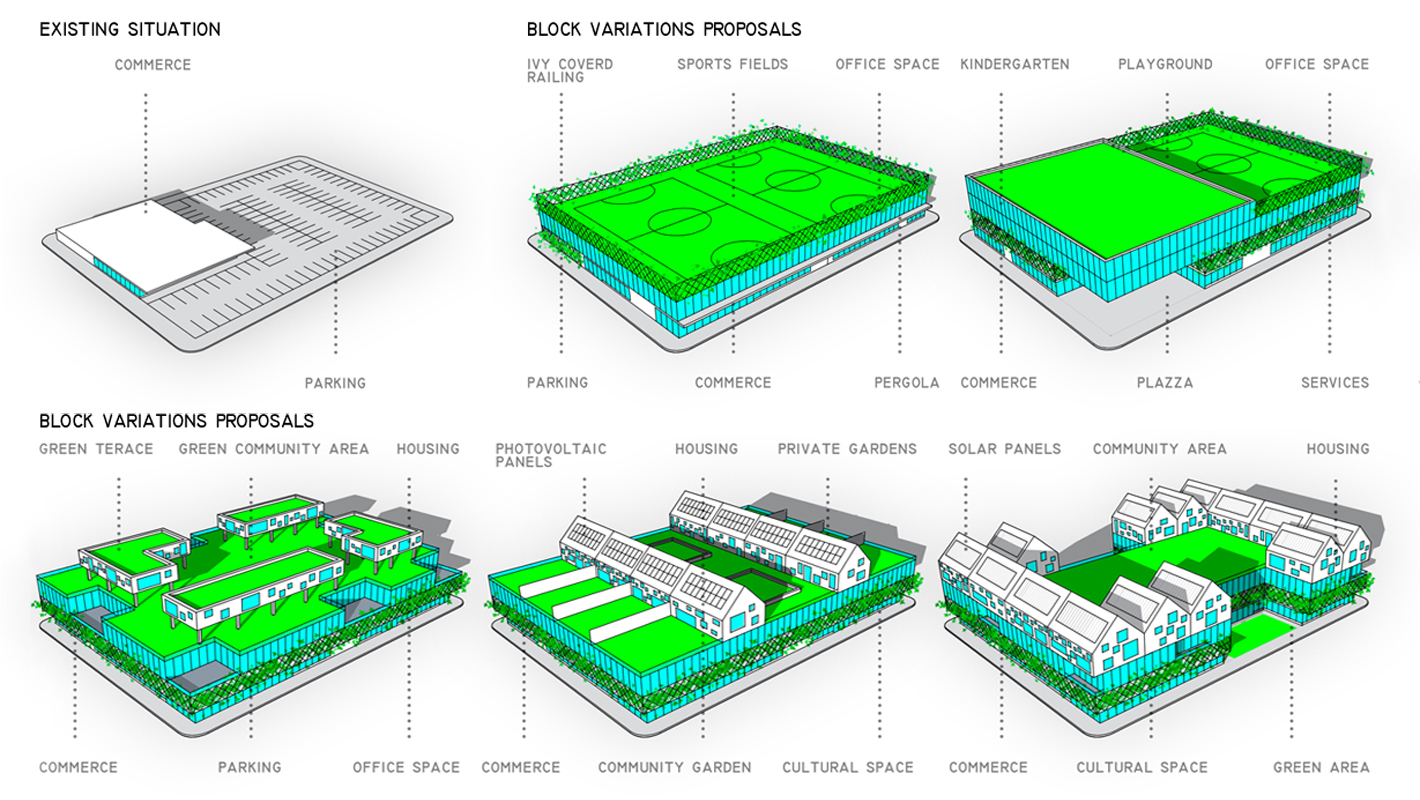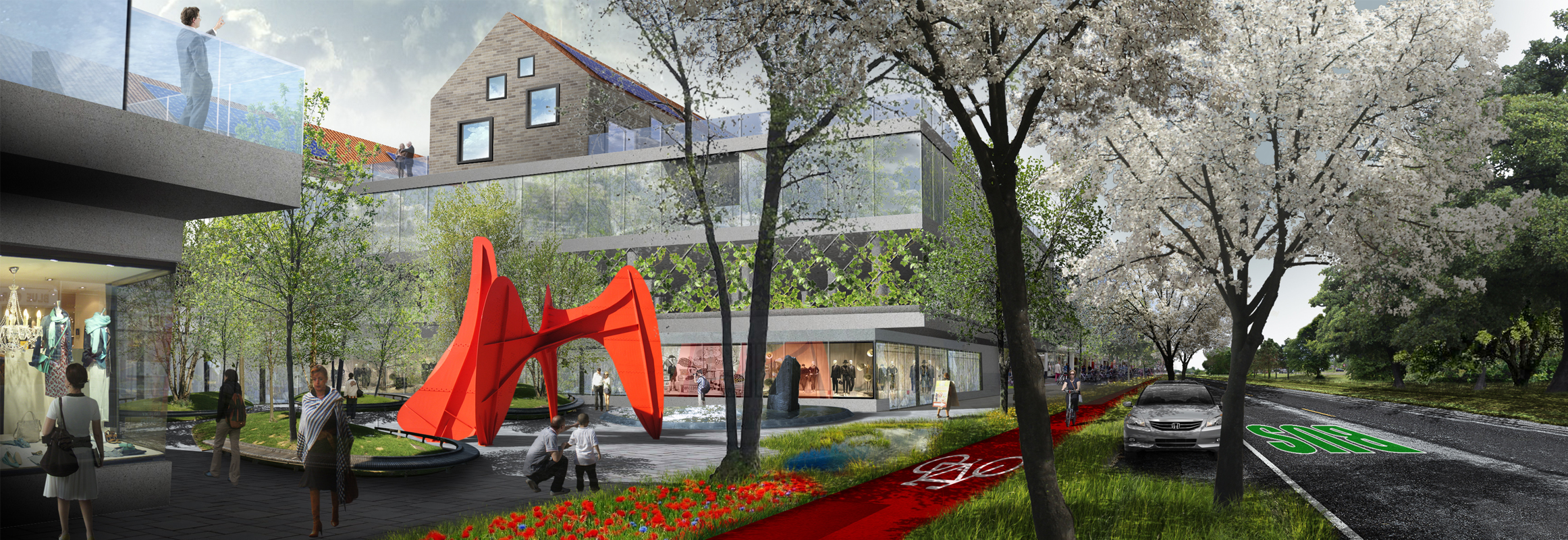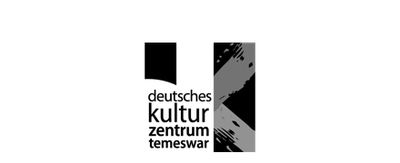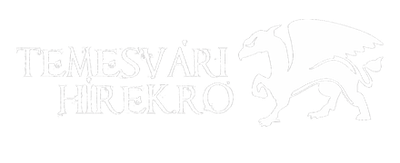Szakma
Arhitect
Társszerzők
Ana-Maria Branea
Helyszín:
Syracuse, New York, USA
Megrendelő:
City of Syracuse and Town of Dewitt
A pályamű leírása:
As a surgical intervention, restricted to only the boulevard, would yield little success in achieving any real progress towards rectifying the negative effects of the built environment towards the natural one, the authors propose an URBAN DNA, a double helix combining a mixed use, pedestrian centred, vibrant urban corridor with a sustainable, biodiverse, turbocharged green corridor as a redesigning strategy for the Erie Boulevard Competition. By identifying landscaped or abandoned green areas along the boulevards route with a high potential for promoting biodiverse development and gathering people the intervention area was extended and created a large scale, organically phased, long term strategy of weaving an economically vibrant urban corridor with a biodiverse, recreational green one. Extending the required diversity concept to encompass both urban and natural diversity the authors proposed the URBAN DNA to encourage economic development, social cohesion and ecology to coexist in a mutually beneficial way by shifting focus from personal car based transportation towards multi-modal urban transit, with new facilities for public transport, bike lanes and extensive pedestrian infrastructure. The URBAN DNA creates an urban diverse mixed use ecosystem introducing humans into the newly created natural ecosystems in a healthy, responsible sustainable way. The proposed mixed use extends beyond the conventional horizontal to a more efficient and sustainable vertical deployment, generating higher densities and a more efficient land use. Ground floor functions are chosen to promote street life, including commerce, services, community oriented spaces or art galleries. The large parking lots are replaced by more discrete ones either hidden behind buildings or on the first floor of mixed use buildings. Office spaces that contribute little to public life are placed on second or third floors while private functions such as housing, sports and educational facilities are placed exclusively on the top floors to shield them. The roofs are either green terraces, public sports fields or covered with solar and photovoltaic panels. The residential units promote community formation by providing generous common grounds or community gardens while the reduced traffic and numerous proposed trees, bioswales and green areas improve the environment’s quality, increasing leaf area index and creating new habitats, promoting biodiversity.

